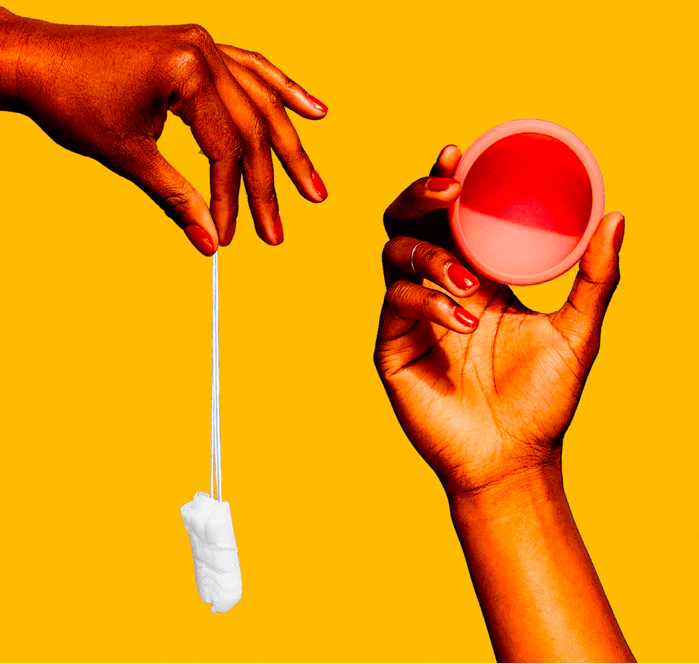If you’re reading this, chances are you’ve felt the all-too-familiar sting of a urinary tract infection (UTI) and you’re searching for relief. Maybe you’ve heard about D-mannose and are wondering if this sugar supplement is the secret weapon you didn’t know you needed. Let’s break down what D-mannose is, how it works, who it’s for, and whether it really lives up to the hype when it comes to urinary health.
Table of Contents
Understanding D-Mannose and Its Role
D-mannose is a naturally occurring simple sugar found in fruits like cranberries, apples, and oranges. Structurally similar to glucose, it's absorbed by the gut and excreted into the urine without significantly impacting blood sugar. Unlike regular sugar, though, your body doesn’t store it - it gets flushed out fairly quickly through your urine. And that’s where things get interesting.
Its main value lies in its ability to prevent bacteria from sticking to the bladder wall. E. coli bacteria have finger-like projections that latch onto cells in the urinary tract. D-mannose binds to these projections, acting as a decoy and allowing the bacteria to be flushed out with urine.
D-mannose is a type of sugar closely related to glucose.
How It Works in the Body
Once ingested, D-mannose travels through your digestive system largely unchanged and is absorbed into your bloodstream. From there, it passes through your kidneys and exits the body via urine. Along the way, it can attach to unwanted bacteria in the urinary tract and escort them out.
It’s not a treatment in the pharmaceutical sense, but it has been used traditionally and in studies to support urinary health (Nutrition Journal).
P.S. D-mannose doesn’t kill bacteria - it helps remove them. That’s a key distinction.
Pairing D-Mannose With Other Supplements or Medications
Antibiotics
Some people use D-mannose alongside antibiotics. Many choose to integrate D-mannose as part of a broader wellness strategy, including hydration, probiotics, hygiene habits, and diet.
Probiotics
Pairing D-mannose with probiotics is a common combo - D-mannose provides urinary tract support while probiotics help rebuild good bacteria.
Taking on an Empty Stomach
D-mannose can be taken on an empty stomach, but if you have a sensitive gut, you may prefer to take it with food.
During Pregnancy
There’s limited research here, so it’s best to talk to your healthcare provider before using D-mannose during pregnancy (Healthline).
Urination and D-Mannose
D-mannose doesn’t act as a diuretic, but since it works by being flushed out through your urine, you might feel like you’re going to the bathroom a little more often - especially if you're staying hydrated (which you should be!).
Can You Take Too Much?
Like anything, moderation matters. Very high doses may cause digestive discomfort, bloating, or diarrhea (WebMD).
Possible Side Effects
D-mannose is generally well-tolerated by most people. That said, some possible side effects include:
Loose stools or bloating
Rarely, kidney stress if taken in very large doses over time
If you have diabetes, talk to your doctor first - while D-mannose has a low glycemic impact, it’s still a sugar.
Try This for Ongoing Support
Support Your Urinary Health the Nixit Way
Our Urinary Health Gummies are formulated to aid in urinary tract support and support your pH balance - all in a tasty gummy.
They're easy to take, and formulated with your comfort in mind. Whether you're managing recurrent infections or just want to feel more in control, we've got your back.
Frequently Asked Questions
Does D-mannose make you urinate more?
Not directly. But since you’re likely increasing fluid intake with D-mannose, you may find yourself urinating more often.
Can you take D-mannose on an empty stomach?
Yes, and it may even absorb better this way..
Can you take D-mannose and probiotics together?
Yes—there’s no known interaction, and they complement each other well
Can you take D-mannose while pregnant?
There isn’t enough research, so check with your doctor first.
How much D-mannose should you take daily?
1–2 grams per day is typical.
Can you take too much D-mannose?
Higher doses can cause mild gastrointestinal issues. Stick to the recommended amount.
What are D-mannose side effects?
Mostly mild - bloating, diarrhea, and in rare cases, allergic reactions.
Final Thoughts
D-mannose isn’t a magic bullet, but it can be a powerful ally in supporting urinary tract health.
As always, talk to your doctor before starting any new supplement, especially if you’re pregnant or managing another condition.
nixit urinary health

$35.00
Our urinary health gummies provide delicious urinary tract support with 1000mg per serving of D-mannose, traditionally used for urinary wellness. They’re vegan, gelatin-free, non-GMO, and made without artificial colours or synthetic flavours. Made with pineapple, yuzu, and ginger, these gummies… read more





